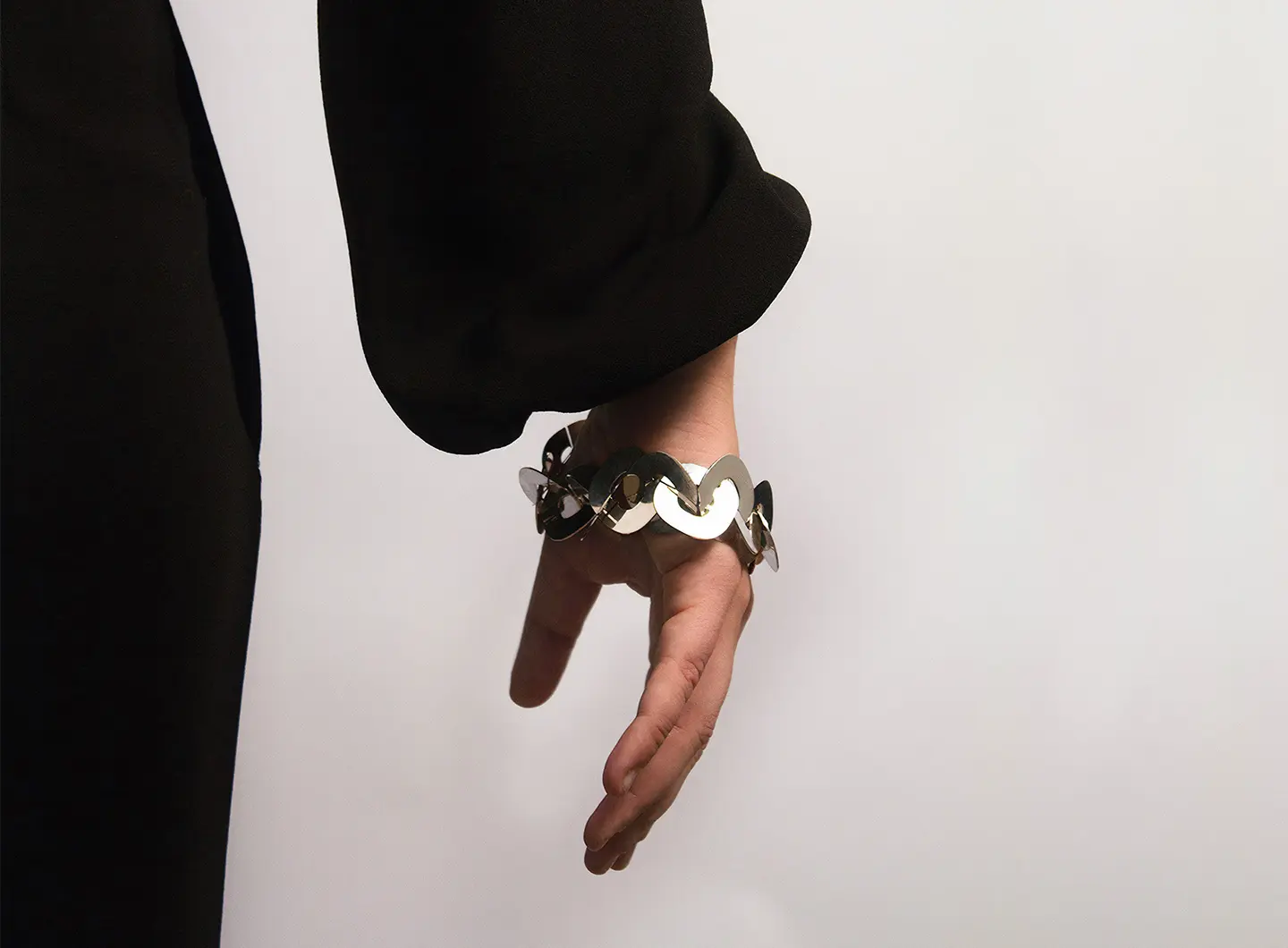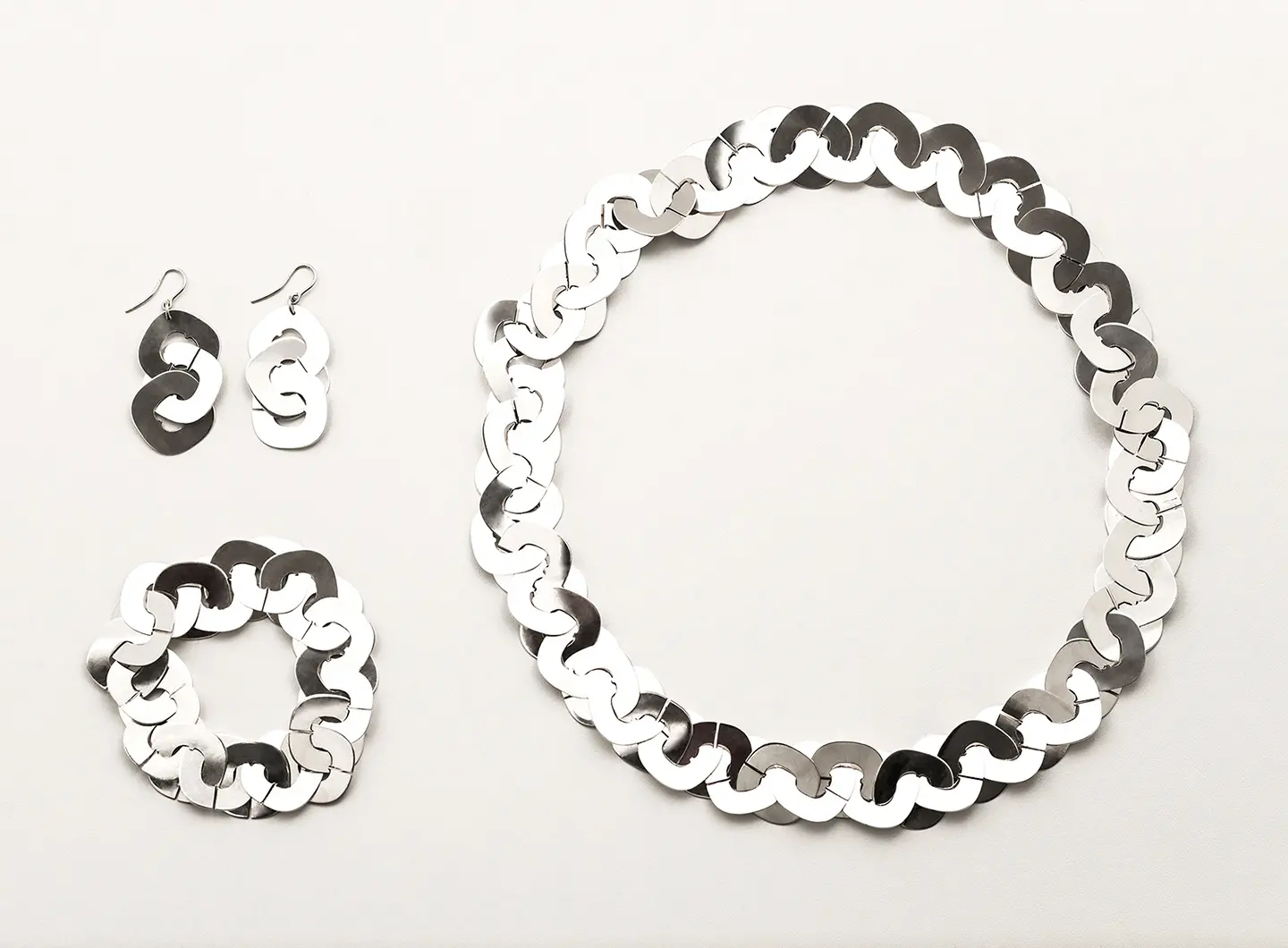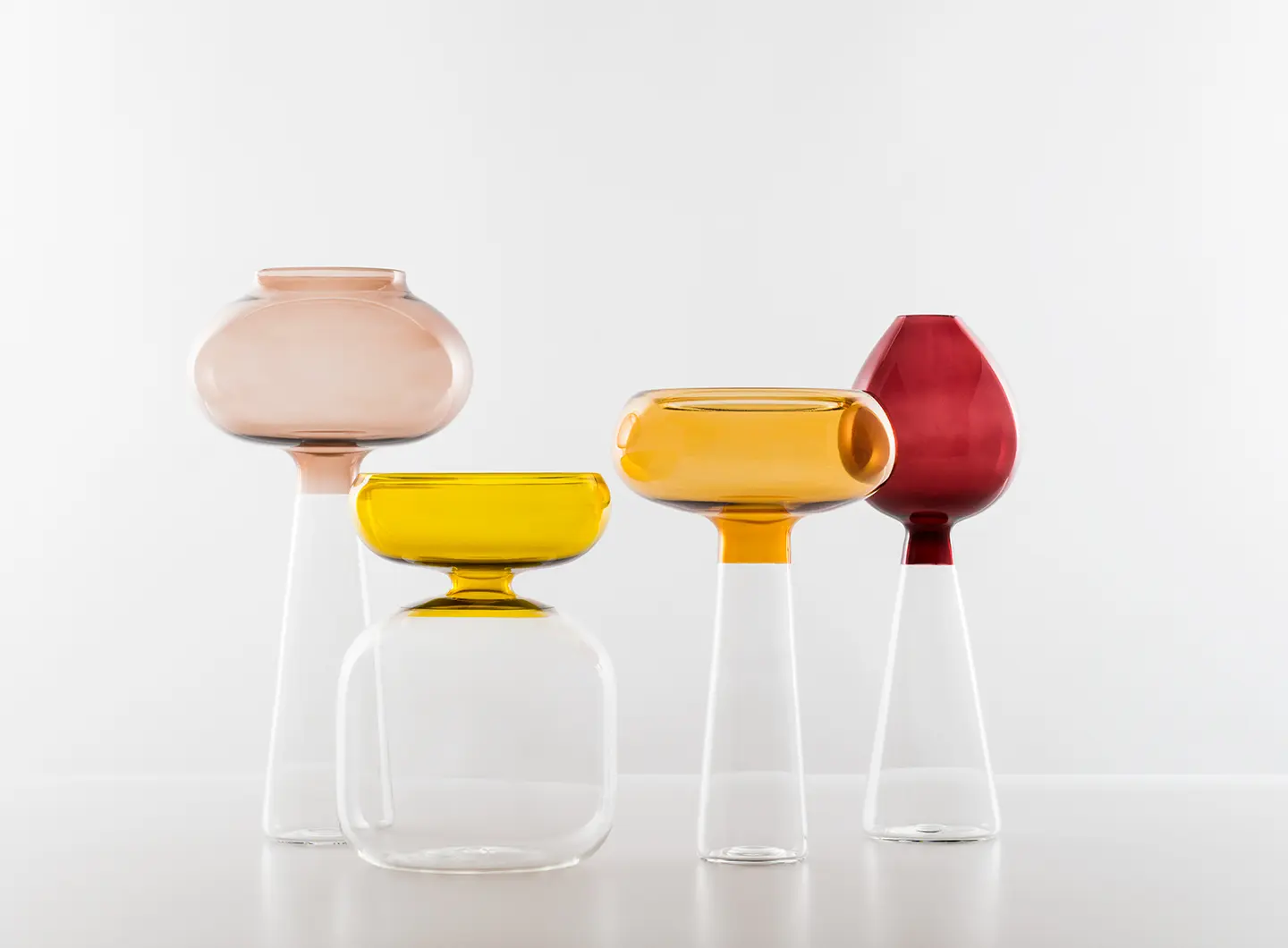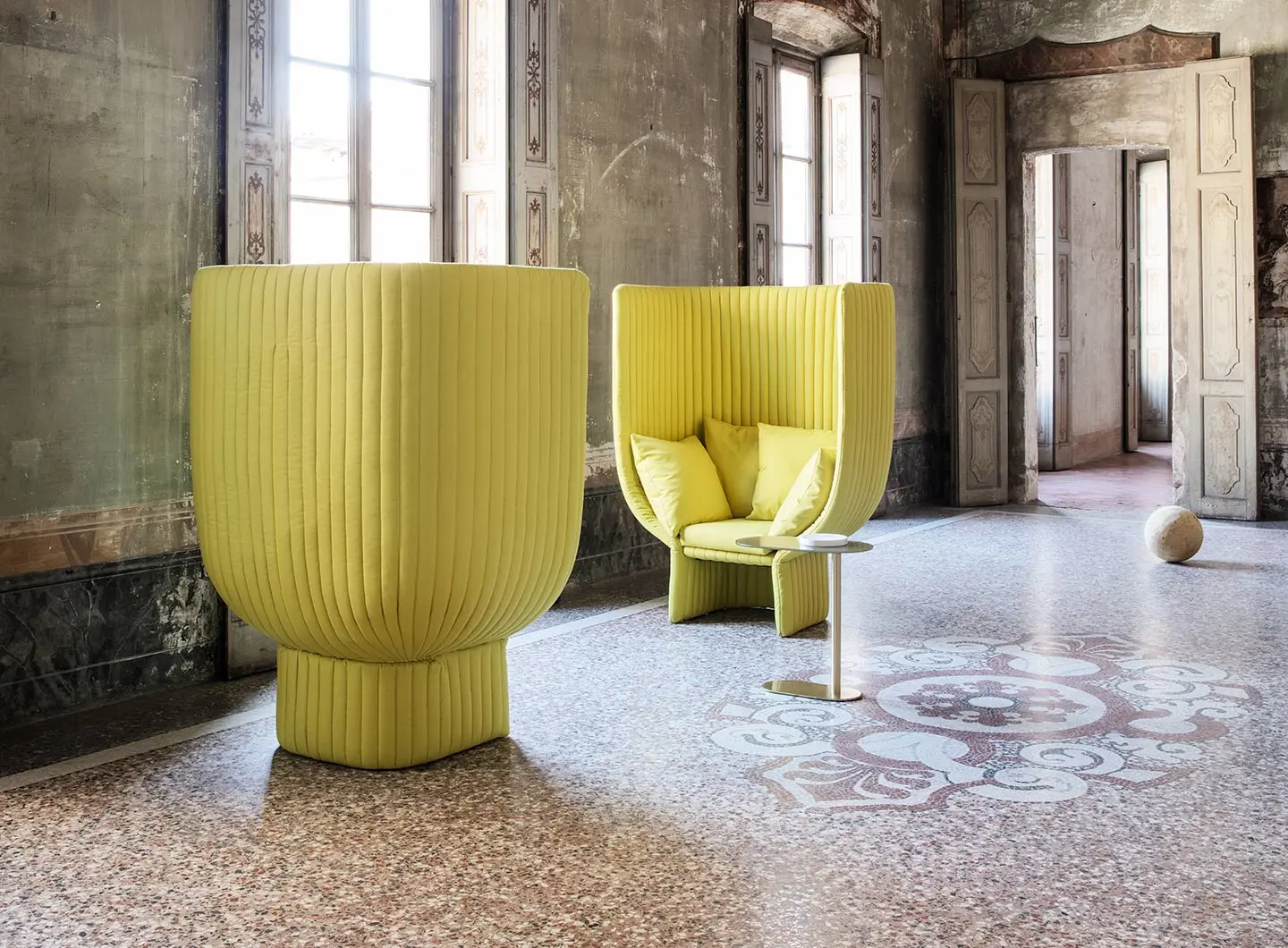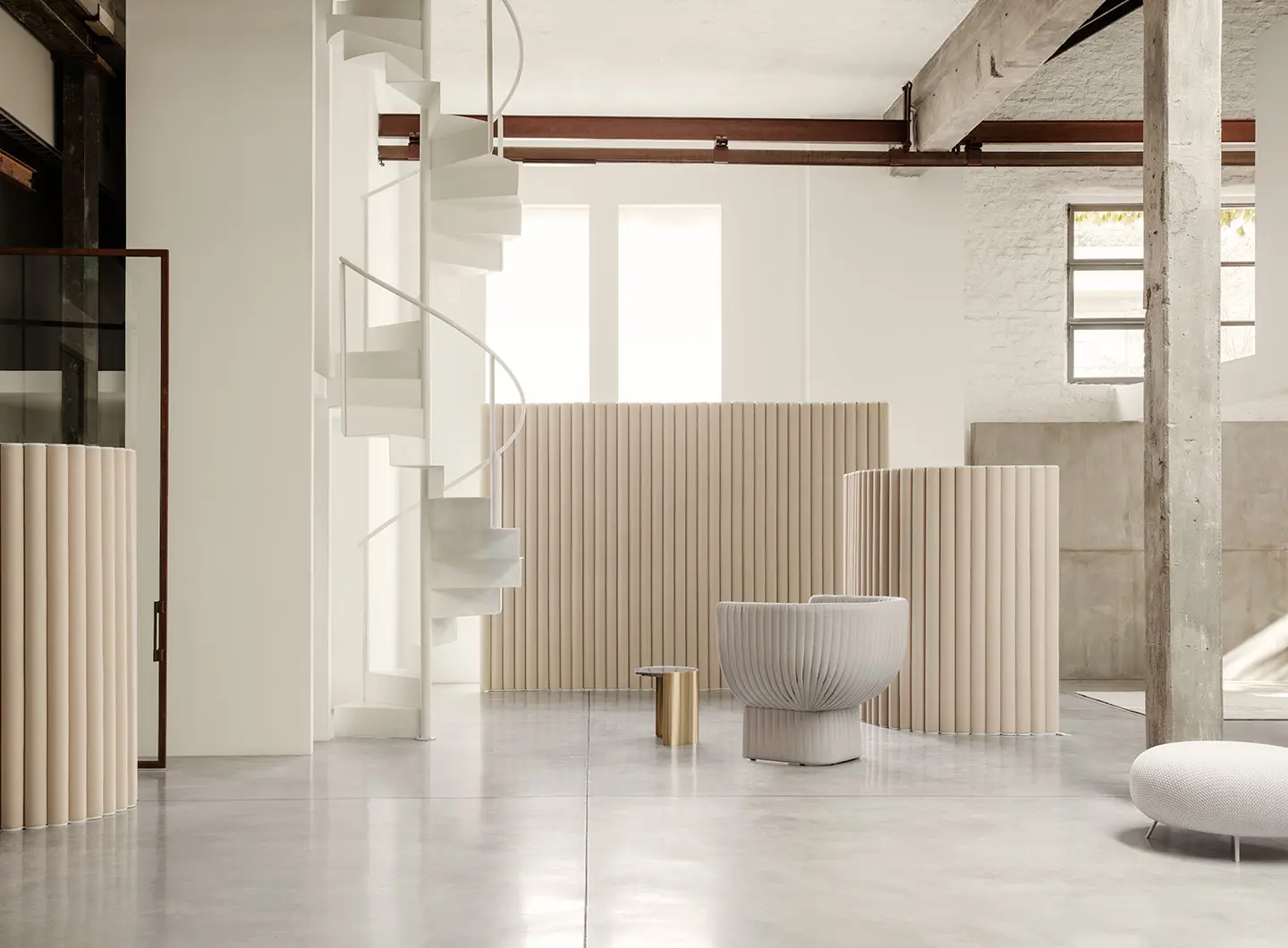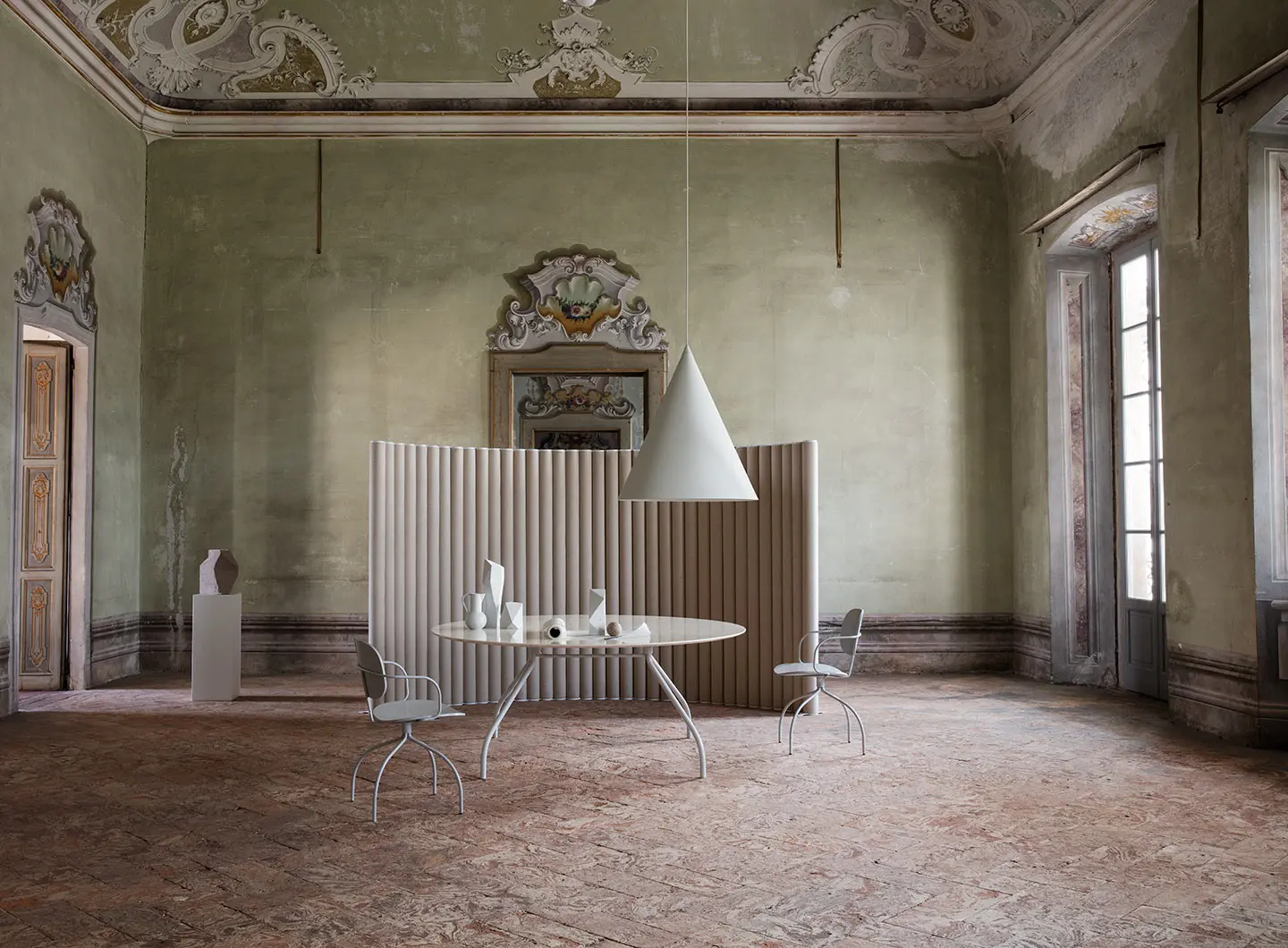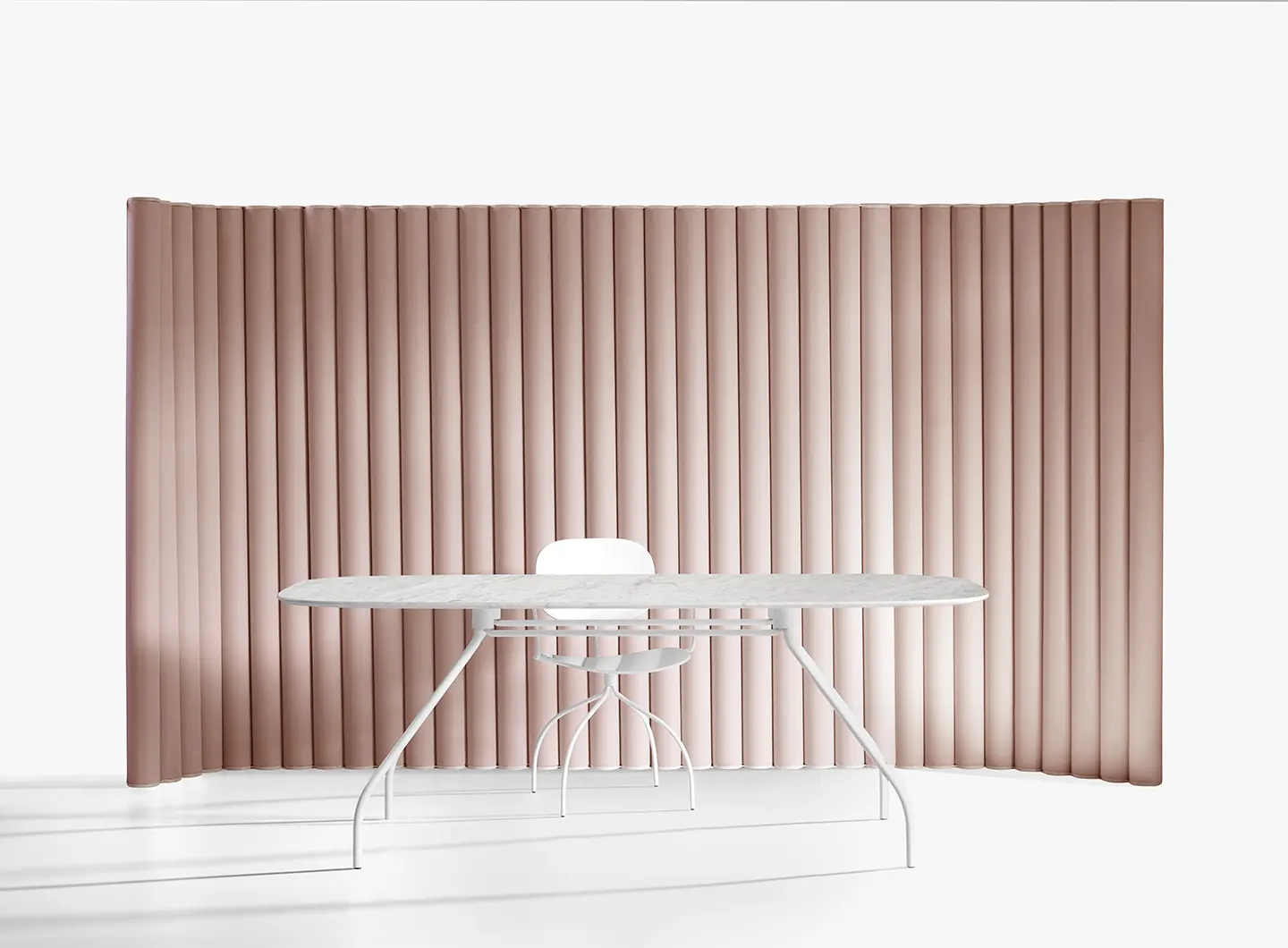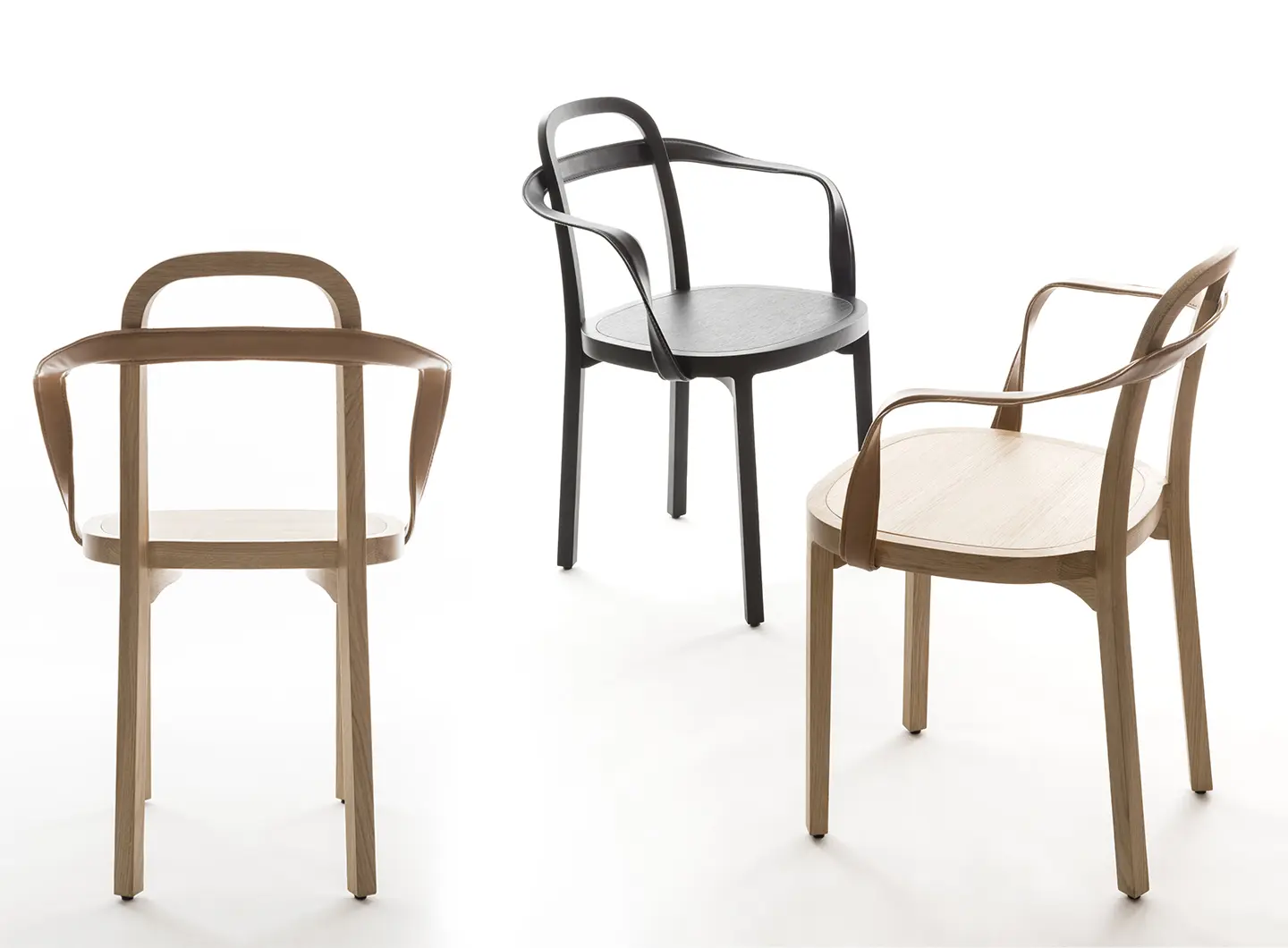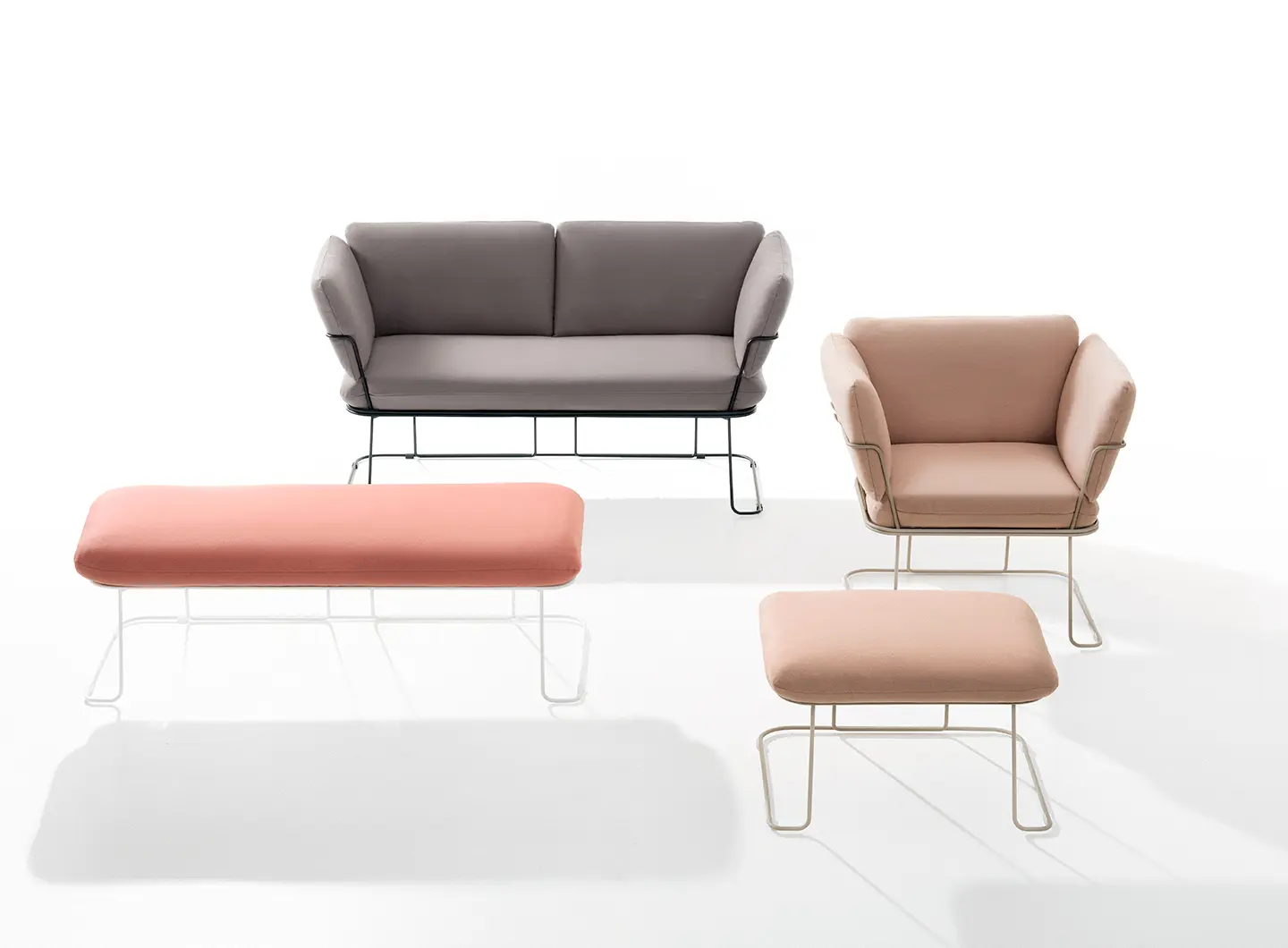From BIG to David Chipperfield, Frank Gehry to Snøhetta: a world tour of the best buildings set to open in 2026

Raffaella Mangiarotti
Practicality, good looks and ergonomics but also great empathy: these are the fundamental parameters for every one of Raffaella Magiarotti's designs.
Raffaella Mangiarotti graduated in Architecture from Milan Polytechnic University, where she studied under Tomàs Maldonado. She has always combined teaching with designing and is an committed researcher. She initially pursued product design, working with Matteo Bazzicalupo as deepdesign (the Triennale di Milano held a monograph show of the studio’s work in 2008, L’Anima Sensibile delle Cose [The Sensitive Soul of Objects], curated by Cristina Morozzi). She has since focused on the design of furnishings and objects for Atipico, b-line, IOC, Manerba, Serralunga and Woodnotes, amongst others. She was art director at Serralunga (2010-2015), Manerba (2014-2018), and IOC (since2018). A member of what’s known as the “post-masters” generation, Raffaella is indubitably an anomalous figure on the Italian design scene, given her targeted, never decorative approach, which fortunately means that her work is a very far cry from the current stylistic excesses.
Little has been said about women architects and designers, but very little indeed has been written. Forever - just take Charlotte Perriand or Eileen Grey. Their true importance has only emerged over the last few years because there’s been a great desire to go back over their story, narrating it independently from Le Corbusier: they say that the stand-out quality of Grey and Perriand irritated Le Corbusier. That attitude reflects an era in which women were expected to play an ancillary role, not an autonomous one. Luckily I’ve lived in a more evolved, yet still prevalently male world, dominated by the great masters, all strictly male. There were some female figures, but they didn’t really stick out. Perhaps Cini Boeri was the best-known. I belonged to the same school, that of Marco Zanuso, several generations later. Working with both Zanuso and then with Franceso Trabucco, I never felt discriminated against because I was a woman: it was the ideas that counted. In fact I was soon made a “project manager” at Trabucco’s studio and had to coordinate a group of (male) designers. There are, however, very specific situations in which you still feel penalised. For example, when discussing technical matters: technical solutions proposed by a woman arouse more doubts than the same proposals from a man would. However, the more prepared the interlocutor, the less this happens. Paradoxically, engineers, who have the most right to be critical, listen to you carefully, they never operate gender differences. Besides, we know that preconceptions are born of ignorance. Precisely because of this, we women feel obliged to draw attention to the significance of our work much more often.
No, I don’t think gender identity could have influenced my choices. I left Zanuso’s studio and then Trabucco’s because I wanted to be able to express myself freely, see how my thoughts and my language would change. I knew Matteo Bazzicalupo because we were both invited to work with Modo magazine. Then we discovered that we had both studied under the same professor and had a natural affinity of thought. We’ve worked together but we’ve never been a couple. For me, working together means tackling ideas that arise from different points of view and sensitivities. I find it stimulating, but I also like working on my own, because it helps to clarify one’s own thought processes.
After designing lots of industrial products destined for mass production, I felt the need to do something different. At the same time, Matteo, my partner at deepdesign, wanted to turn one of the objects we’d designed into a business venture. I didn’t feel the same impetus. So we decided to go our separate ways. He developed his product and I carried on designing. First of all I designed furniture and accessories, but not to order. I had to learn how to conceive a piece of furniture (designing a toaster isn’t really the same thing as designing a chair). I had to learn about the furnishing world, its trends and its dynamics, and especially I had to find out what I wanted to convey myself. A few years later, thanks to Carlo Manfredi, who I think is the best strategic consultant I’ve ever met, I was asked to be creative director at Serralunga. Basically I didn’t think I was cut out for the role and so I trusted his intuition rather than my own. Even now I think of him as my mentor, as well as a great friend.
Yes, always. I grew up in a house with wood-panelling reminiscent of Wright’s work, but it was furnished with Nordic-style pieces. When my mother took me to Milan, it wasn’t to go shopping, but to go to De Padova! I remember staying there for hours, I knew the shop by heart, tile by tile. Then Inger Klingenberg, the Danish architect who worked with Maddalena De Padova, actually started coming to our house, perhaps for lunch. My father was one of the first computer engineers, a director at Necchi and then a consultant for Olivetti. His studio was full of Olivetti lithographs and Sottsass ashtrays, our sewing machine was by Zanuso. Those were my baseline references. When I went to Finland, many years later, I discovered Woodnotes, which actually seemed familiar. I had come across it twenty years before at De Padova. So I went with Ilkka Suppanen to see Mikko Puotila, creative director and owner of Woodnotes, and we started working for him. We designed the Siro chair: this was the first time Ilkka and I had worked together, and Siro was the upshot of lengthy discussion. In the end, I think it represents a good synthesis of Finnish essentiality and Italian sensuality. Nordic influence, mediated by Italian warmth, identifies one of my expressive codes (I think that shines through in my latest work for IOC).
I’m very interested in the relationship between the workspace and the space where we spend our everyday lives, and the way in which I’ve interpreted the furnishings that you mention makes my mindset pretty clear. Several years ago, when I started working with the office sector, the furniture looked good, but it had a technical, very cold, feel that didn’t appeal to me. Precisely because I didn’t like what was there already, I thought it could be an interesting challenge. So I started thinking about what type of solution I could become involved in and, consequently, precisely by imagining my ideal workspace, I started creating designs that were functional, but also comfortable, welcoming and empathetic. I gave up using the word “office” there and then, I find it a distracting word. I’d rather just talk about people who work and think about how to make them feel good while they work. Sometimes, when I think I’ve come up with an interesting solution, I say to my clients: “Let’s try it, let’s try it right now, here with the people who work with us!” So my design doesn’t find its outlet in furniture for other people (furniture for sales), rather in furniture for myself, for us, now, while we are working for you. If you spend most of your time in a professional environment, it has to be sympathetic and good-looking. It has to be comfortable, “mentally” especially, i.e. communicating the fact that it’s not just a physical comfort, but visual, acoustic, tactile – psychological, basically. However, I have to admit that you have mentioned two companies I’m very fond of: Manerba was my first experience in this sector. When I arrived they were making furniture destined for “classic” offices. I wanted to change everything, from the colours to the products, to the partnerships with the designers. I started with little things, so lots of little things carried forward swiftly and continuously, always paying attention to the investments and the returns. I’ve never liked biting off more than I can chew – my grandmother was a businesswoman and she taught me the value of money. I joined Manerba as a designer, but I soon found myself working as a creative director. It was an extremely natural process, in three years we managed to create a new brand identity and boost turnover. Later, I was asked to join IOC (Lema group). I was interested in working with a group that dealt with both homes and offices, because to some extent it was my ideal situation, working on the borderline of the domestic and the work spaces. I decided to take up the challenge, and I have to admit that it’s not easy moving from one reality to another, especially because I become fond of people. With every art direction, I end up feeling rather as though I’ve been adopted by a family.
Both the Ghisofa sofa and the Monforte room divider respond to these requisites, but they are also pieces of furniture that help to reconfigure the space along with changing demands. Monforte, for example, is made of a collection of textile tubes that unfurl in a system rather like a bicycle chain: you can arrange it in any sort of geometric shape. I believe that a project as flexible as this is truly an expression of our time, which is fluid, nothing is defined. Over the last few years, I’ve often found myself working on the scale of internal spaces, both in the showrooms for Smeg, in Milan and London, and in several installation designs for IOC. I am naturally drawn to open spaces. My architectural ideal is still Mies van der Rohe’s open plan, where the use of walls is intelligent and parsimonious. Walls, often featuring unusual materials, which don’t delimit the spaces, but direct the flows and create a setting for the furnishings. Like light, I see space as a natural antidepressant. In this “freedom” I think it’s right to design furnishings that act as a counterpoint: niche-spaces in which the dimension of intimacy can be restored. It’s a bit like sheltering under the branches of a tree and looking at the sky. The spaces and furniture I design are always built on these two dimensions: openness and visual delimitation. Essentiality and sensuality. Sensuality determined not just by shapes, but also by colour palettes, the tactile qualities of a fabric, the appeal of a natural material or an acoustic solution that nurtures intimacy. A series of factors that, in my opinion, determine the final appeal of a project.

A Matter of Salone: the new Salone communication campaign
From a reflection on humans to matter as meaning: the new Salone communication campaign explores the physical and symbolic origins of design, a visual narration made up of different perspectives, united by a common idea of transformation and genesis


Salone 2025 Report: The Numbers of a Global Event
Data, analyses, and economic, urban, and cultural impacts. The second edition of Salone del Mobile’s “Milan Design (Eco) System” Annual Report takes stock of a unique event and consolidates the fair’s role as the driving force behind Milan as the international capital of design



 Stories
Stories
